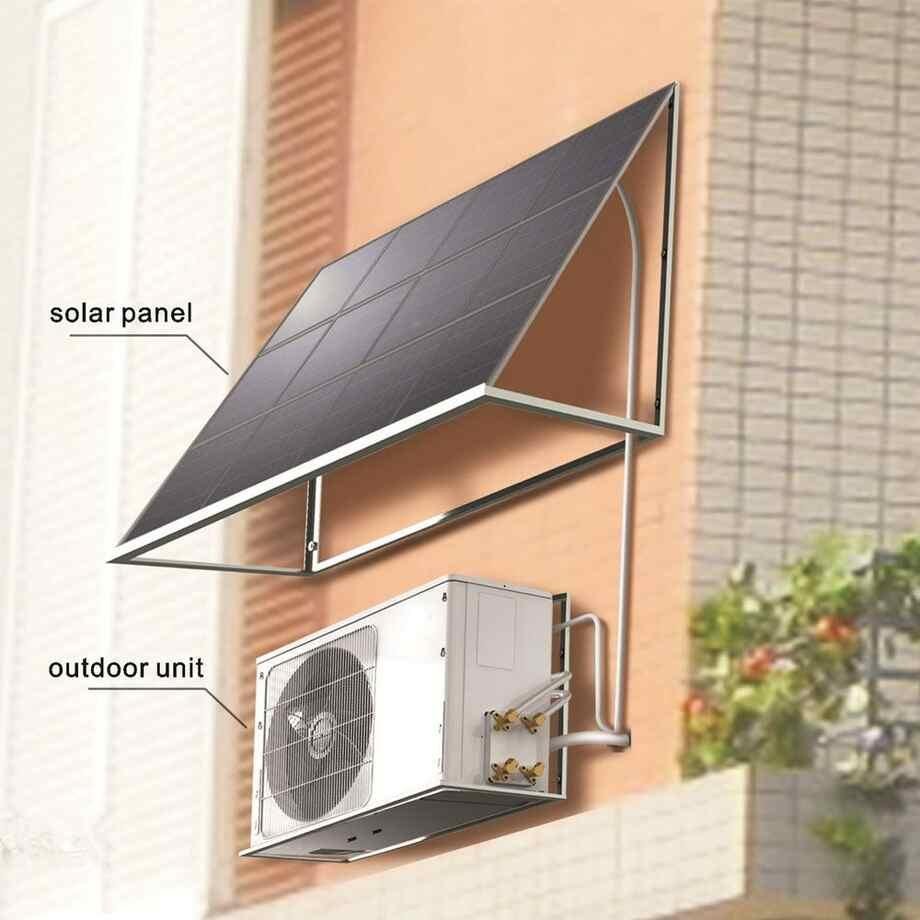How to Build an Air Conditioner Powered by Solar Energy

As energy efficiency becomes a cornerstone of modern building design, integrating renewable energy solutions is more vital than ever. Solar-powered air conditioning systems offer a sustainable way to maintain indoor comfort while reducing dependency on non-renewable energy sources. This guide explains how to build an air conditioner powered by solar energy, designed for both residential and commercial buildings. https://acjakarta.com
Understanding Solar-Powered Air Conditioning
Solar energy systems harness sunlight to generate electricity. When integrated with an air conditioning system, solar panels convert sunlight into electrical energy, which powers the AC unit. Depending on the system’s design, solar air conditioners can operate on direct current (DC) or alternating current (AC) power. This ensures flexibility and compatibility with different types of buildings and energy requirements.
Benefits of Solar-Powered Air Conditioning
1. Energy Efficiency: Reduce electricity bills by utilizing renewable energy.
2. Environmental Impact: Decrease your carbon footprint.
3. Energy Independence: Mitigate dependency on grid electricity.
4. Longevity: Solar panels typically last 20-30 years, ensuring a long-term investment.
Materials and Tools Required
To build a solar-powered air conditioner, you will need:
Materials:
Solar Panels: Photovoltaic (PV) panels to capture sunlight.
Inverter: Transforms DC electricity generated by solar panels into AC power.
Charge Controller: Regulates power from solar panels to the battery.
Battery Storage: Stores excess energy for later use.
Air Conditioner Unit: Preferably a high-efficiency model designed for solar integration.
Mounting Hardware: For securing the solar panels.
Cables and Connectors: Suitable for outdoor and high-voltage applications.
Tools:
Drill and screws
Multimeter for voltage testing
Wire stripper and crimping tool
Safety gear (gloves, goggles, etc.)
Step-by-Step Guide to Building a Solar-Powered Air Conditioner
Step 1: Assess Energy Requirements
Calculate the energy needs of your air conditioner. For example:
Check the wattage of the AC unit (e.g., 1,500 watts).
Estimate daily usage (e.g., 8 hours/day).
Determine total energy consumption: 1,500 watts × 8 hours = 12,000 watt-hours or 12 kWh/day.
This calculation will guide the size and number of solar panels and batteries required.
Step 2: Select and Install Solar Panels
1. Choose Solar Panels: Opt for panels with an output capacity that matches your energy needs. For instance, a 300-watt panel will require approximately 40 panels to generate 12 kWh/day.
2. Positioning: Install panels on a rooftop or open area facing south (in the Northern Hemisphere) or north (in the Southern Hemisphere) at an optimal tilt angle for maximum sunlight exposure.
3. Mounting: Secure panels with mounting brackets to withstand weather conditions.
Step 3: Connect the Charge Controller and Battery
1. Connect the solar panels to the charge controller.
2. Link the charge controller to the battery storage. The controller prevents overcharging and ensures safe power management.
3. Use appropriate cables and connectors rated for the system’s voltage and current.
Step 4: Install the Inverter
1. Connect the battery to the inverter to convert DC power into AC power.
2. Ensure the inverter’s capacity matches or exceeds the AC unit’s power requirements.
3. Test the system using a multimeter to confirm proper voltage output.
Step 5: Set Up the Air Conditioner
1. Plug the air conditioner into the inverter’s output.
2. Test the system by turning on the AC unit. Monitor performance to ensure adequate cooling.
3. Consider adding a thermostat or timer for energy-efficient operation.
Tips for Optimal Performance
1. Choose Energy-Efficient Appliances: Use an air conditioner with a high SEER (Seasonal Energy Efficiency Ratio) rating.
2. Maintain Your System: Clean solar panels regularly to ensure maximum sunlight absorption.
3. Battery Management: Monitor battery health and replace as needed to maintain efficiency.
4. Consider Hybrid Systems: A hybrid setup can use solar energy during the day and grid power at night for uninterrupted cooling.
Financial and Environmental Considerations
While the upfront cost of installing a solar-powered air conditioning system can be significant, the long-term savings and environmental benefits often outweigh the initial investment. Government incentives, tax credits, and financing options are available in many regions to offset costs. Additionally, reducing reliance on fossil fuels aligns with global sustainability goals, making solar air conditioning a wise choice for eco-conscious homeowners and building managers.
Conclusion
Building an air conditioner powered by solar energy is a practical and sustainable solution for modern homes and buildings. By following the steps outlined above, you can create a system that not only reduces energy costs but also supports environmental sustainability. With proper planning, quality materials, and regular maintenance, your solar-powered air conditioning system can deliver efficient cooling for years to come.





